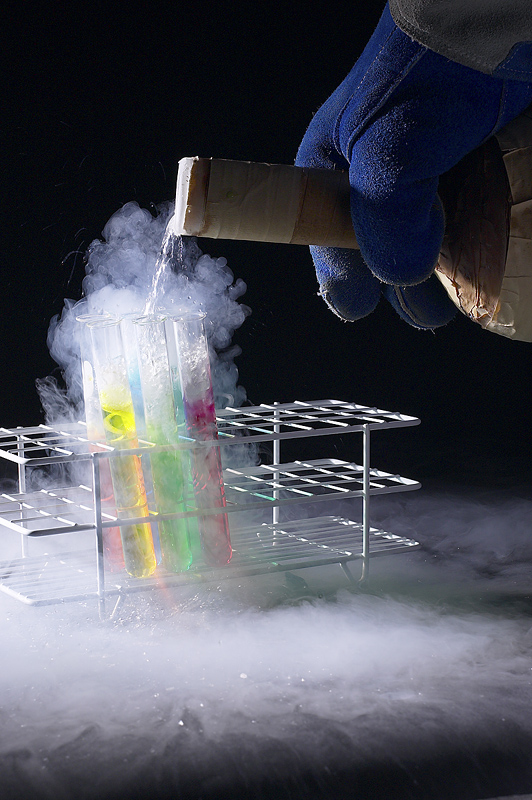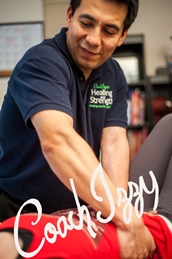“You fixed my friend in two sessions but I’m still in pain. Why?” Enquiring minds ask when the nearly-instantaneous cure of their condition doesn’t materialize. As if that were not enough, long-forgotten pain patterns resurface. Frustrating!
But by the 4th or 5h session, when they finally start experiencing relief, they wonder why I waited so long. “Why didn’t you do that the first session?” they ask.

The explanation is easy but seldom welcome as it demands accountability on the part of the patient. Not too many are keen with the idea that their healing is the combined efforts of the therapist and the patient, and it’s the patient who plays a key role if they want satisfactory, long term results.
I call this combined effort the 20 and 80 as it represents the involvement of the two parties in the healing journey: 20% is responsibility of the therapist—the remaining 80% is up to the patient.
In this segment, we’ll go over the crucial 20% contributed by the therapist and what role it plays in the healing process.
The 20 – The Catalyst
What is a catalyst? Recall basic chemistry and you’ll remember the substance which is needed in only small amounts to spark a significant reaction. That’s how I view Counterstrain.

Perhaps an illustration is in order. There are 168 hours in a week. My treatment sessions are 40 minutes and I see my patients once a week—twice for severe cases. At twice per week—or 80 minutes or 1.3 hours—my intervention is a mere 0.008% of the week. Drop that to only one 40 minute session and we’re talking about 0.005%, barely a bleep.
Yet that mere fraction is enough to stop spasms, constrictions, rigidity, and other symptoms of protective reflex arcs, so the body can start healing. One of the most powerful aspects of Fascial Counterstrain is its accuracy—and effective treatment is more a result of precision rather than duration. I’ve been fortunate to learn, both as patient and therapist, how powerful a Counterstrain session can be to catalyze our bodies into healing.
The treatment continues working after the session until the factors within your control—the 80% remaining—further enhance or interfere with this process. It is of utmost importance to understand that healing isn’t linear, rarely the sole doing of the therapist, nor more is better. Thinking otherwise creates unrealistic expectations.
Which brings me back to the issues of old pains flaring up and the delay of relief.
Why are old pains showing up?
“I hadn’t had this hip pain in years,” a patient whom I successfully treated for back pain said. “But it’s returned.”
“How long did you have the back pain?” I asked.
“About four years.”
“When did your hip stop bothering you?”
“About four years ago—” She squinted and sighed. “I think I get it.”
And get it she did. I used to believe that most pains and dysfunctions eventually worked themselves out —until I learned about the perpetuating nature of reflex arcs. I am now certain that rarely does anything work itself out, and not feeling a dysfunction doesn’t mean it’s gone. Our attention may be diverted to a new dysfunction and it will remain so until the protective reflex arcs producing it are shut off—or a dysfunction of greater magnitude demands our focus.
My patient’s hip pain had been overshadowed by her more disabling back pain. Once the back pain was resolved, her focus shifted back to the area demanding her attention beforehand—her hip. Does this sound familiar? Yes, we’re talking about layers of dysfunction in Fascial Counterstrain.
Keep in mind those layers are formed as a result of individual experiences: The more injuries/dysfunctions you’ve experienced in the past, the more layers you’ll have, the more we’ll have to treat, the more shifts you’ll experience.
Which brings us to the concern many of my patients express: Why are they experiencing now the relief they wanted from the very beginning?
Why Didn’t You Do That Before?
Even nowadays, when we supposedly understand more about the intimate connections of our body, manual therapy is still addressed in a straight-forward fashion. Got shoulder pain? Then shoulder treatment you shall receive! Back pain? Then back treatment it is!
The approach itself could be effective but if it fails, is for one reason: the root of the problem was not there. Not only that, many other layers of dysfunction may be exacerbating it.

And this is where it gets tricky because even if the pain is the same, the dysfunctions—as previously mentioned—are the result of individual experiences. Think of three female patients, all experiencing the same pain in the sacral area. Will they all respond the same way? Consider the following:
- Patient one – in her forties with history of big babies with difficult deliveries.
- Patient two – in her late twenties, has no children but sustained a couple of significant car accidents.
- Patient three – in good health but undergoing menopause.
I can tell you this: there’s a high likelihood that patient three might feel better in one session, patient one might feel better in two or three sessions, while patient two may not notice a change until the fourth or fifth session.
My estimate is based on the magnitude and number of dysfunctions I’ll have to clear before the patient experiences relief. Only after clearing those layers can I get to the root cause with relative ease, making my patients wonder why I didn’t do it the first visit. I can only explain the process and make them understand that trying to clear the root dysfunction on the first visit would’ve been futile since it was masked by the layers of dysfunction we cleared in the previous sessions.
And it is at this point that I bring the importance of the remaining optimizing factors for healing—the 80% in control of the patient. And that, friends, is the topic of the next post.
Until next time, may you enjoy a fit and pain-free life!
